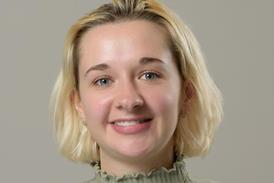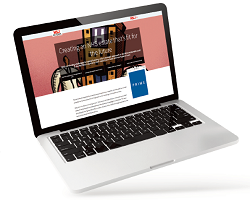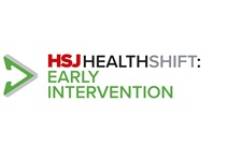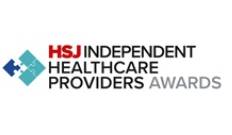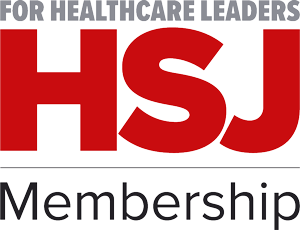The NHS long-term plan has set a crucial target: By 2028, 75 per cent of cancers should be diagnosed at stages one and two. Detecting cancer at the earliest possible stage is crucial to improving patient outcomes.
The Hull Rapid Diagnostic Centre (RDC) is at the forefront of early cancer detection by bridging the diagnostic gap for patients with vague symptoms. Through a radiology-led, multidisciplinary approach and implementation of C the Signs, a clinical decision support system, the RDC ensures timely and accurate referrals and improves cancer outcomes.
The role of RDCs in early cancer detection
Traditional urgent suspected cancer (USC) pathways work well for cancers with clear clinical signs; however, many cancers manifest subtly, making timely diagnosis challenging.
Sponsored by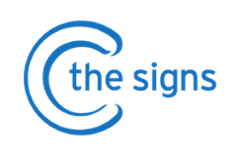
Written by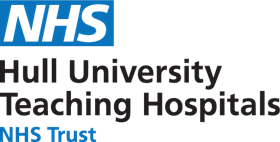
RDCs play a vital role, offering an innovative, patient-centred approach to bridge the diagnostic gap for patients presenting with non-specific symptoms. The Hull RDC is a prime example of this. Our radiology-led service, in conjunction with a multidisciplinary team (MDT) approach, ensures rapid triage, assessment, and, where appropriate, onward referral for patients who may otherwise face delays in diagnosis.
As the lead consultant radiologist at the Hull RDC, I have witnessed firsthand the transformative impact of early and accurate cancer diagnosis. One of the most significant challenges in oncology is detecting cancers with vague or non-specific symptoms, which can lead to poorer patient outcomes. We are helping to close this gap by implementing a streamlined diagnostic pathway.
At Hull RDC, our success is driven by patient-centred care, structured referral pathways, and decision support systems like C the Signs. These tools ensure patients receive the most appropriate imaging and investigations, as well as onward direct referral to the most appropriate cancer pathways.
The role of C the Signs in streamlining cancer diagnosis
An important part of our approach is C the Signs, a cancer clinical decision support system that we have integrated into our services. C the Signs helps healthcare professionals simplify a complex process by analysing patient information and aligning it with National Institute for Health and Care Excellence NG12 guidelines to ensure we consider alternative investigations or onward referrals beyond our standard process. It removes the ambiguity and helps the team make evidence-based decisions. It has been particularly useful for patients who present with symptoms that don’t fit neatly into any one pathway.
Case study
A patient was referred to the Hull RDC with vague symptoms, including fatigue and mild abdominal discomfort. The triage process involved reviewing the patient’s medical record, prior imaging, and blood test results. Initial plans were to proceed with ultrasound and chest X-ray, in line with standard protocol. However, insights gained from C the Signs during the triage step highlighted the pancreas as a potential site of concern. This prompted the triage team to recommend an additional CT scan of the pancreas. This revealed a subtle intraductal papillary mucinous neoplasm (IPMN) – a pre-malignant condition that required timely intervention.
RDC success factors
Hull RDC bridges primary and secondary care with precision, ensuring patients undergo the right tests at the right time. Collaboration with GPs has been instrumental in this. We ensure effective communication exists within all aspects of our service. This spans the whole process from when and how to refer a patient to us, to ensuring that our discharge advice is both clear and actionable. C the Signs has really helped add value to this.
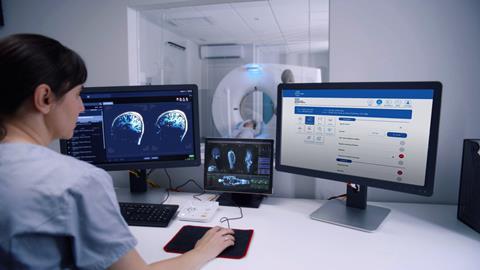
Additionally, we make onward USC referrals when necessary, which alleviates patient anxiety by reducing delays in the system caused by sending findings back to GPs for them to refer the patient onwards.
Finally, implementing C the Signs has enhanced our patient safety netting after our initial assessments, as it helps prevent patients with potentially serious conditions from being overlooked by flagging concerning findings for further action. This patient-centred approach results in improved turnaround times, leading to better achievement against Faster Diagnosis Standard targets.
Summary
The Hull RDC stands as a model of how advanced diagnostics and multidisciplinary collaboration can reshape cancer diagnosis pathways. As we refine our approach, the integration of structured clinical frameworks and rapid referral systems will become increasingly vital. By using evidence-based decision-making, we can continue to improve early detection rates, meet national targets, and ultimately save lives.











